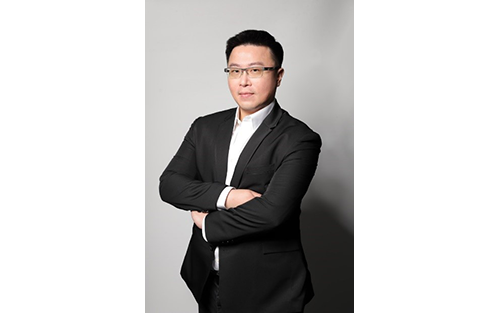BUSAN, South Korea - July 22, 2025 - To handle growing complexity in semiconductor and display manufacturing, industries use automated material handling systems (AMHSs). Digital twins offer better visibility and control, but mismatches with real-world conditions can impact production and cause delays. Digital twins of AMHSs face two major issues: parameter uncertainty and discrepancy. Parameter uncertainty arises from real-world parameters that are difficult to measure precisely but are essential for accurate modeling. While discrepancy originates from the difference in operational logic between the real-world system and the digital twin.
Over time, these issues reduce prediction accuracy. Yet, most calibration methods focus only on parameter uncertainty and require extensive field data, often neglecting discrepancy. To address this gap, a research team led by Professor Soondo Hong of the Department of Industrial Engineering at Pusan National University , South Korea, developed a new Bayesian calibration framework. "Our framework enables us to simultaneously optimize calibration parameters and compensate for discrepancy," explained Prof. Hong.
"It is designed to scale across large smart factory environments, delivering reliable calibration performance with significantly less field data than conventional methods." Their study was made available online on May 8, 2025, and published in Volume 80 of the Journal of Manufacturing Systems on June 1, 2025. The researchers applied modular Bayesian calibration for various operating scenarios. This approach can estimate uncertain parameters and account for discrepancies using sparse real-world data. It combines field observations and prior knowledge with digital twin simulations through probabilistic models—specifically Gaussian processes—to produce a posterior distribution of calibrated outcomes.
They evaluated three models:
- A field-only surrogate that predicts real-world behavior directly from observed data;
- A baseline digital twin model using only calibrated parameters; and
- A calibrated twin model accounting for both parameter uncertainty and discrepancy.
The calibrated digital twin model significantly outperformed the field-only surrogate and showed measurable improvements in prediction accuracy over the baseline digital model. "Our approach enables effective calibration even with scant real-world observations, while also accounting for inherent model discrepancy," noted Prof. Hong. "Importantly, it offers a practical and reusable calibration procedure validated through empirical experiments, and can be customized for each facility's characteristics." The developed framework is a practical and reusable solution to accurately calibrate and optimize digital twins, otherwise hindered by scale, discrepancy, complexity, or the need for flexibility across industries.
It accurately predicted field system responses for large-scale systems with limited observations and enabled rapid calibration of future production schedules in real-world systems. The calibration system is also suited for discrepancy-prone digital models that behave differently than their real-world counterparts due to simplified logic or code. High-complexity production and material handling environments—where manual optimization is challenging—can also benefit from this calibration framework. It enables the development of sustainable, reusable digital twin frameworks that are transferable across different industries.
The framework is currently being applied and scaled at Samsung Display, where the researchers are collaborating with operations teams to adapt the system to real-world complexities. This novel framework has the potential to transform the applicability and effectivity of AMHSs. Looking ahead, Prof. Hong concluded, "Our research offers a pathway toward self-adaptive digital twins, and in the future, has strong potential to become a core enabler of smart manufacturing."
The title of the original paper was "A digital twin calibration for an automated material handling system in a semiconductor fab." I was published in the Journal of Manufacturing Systems.

